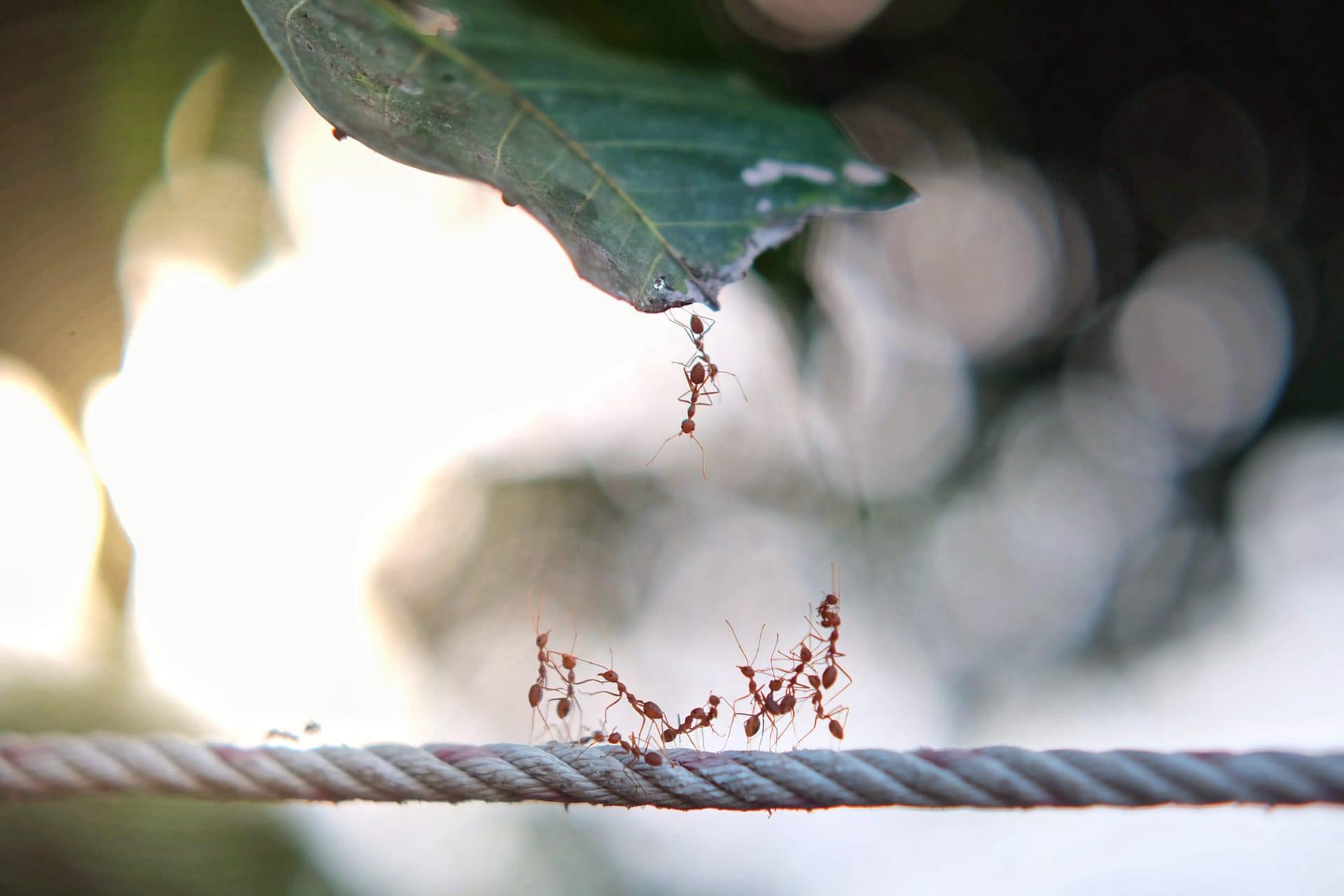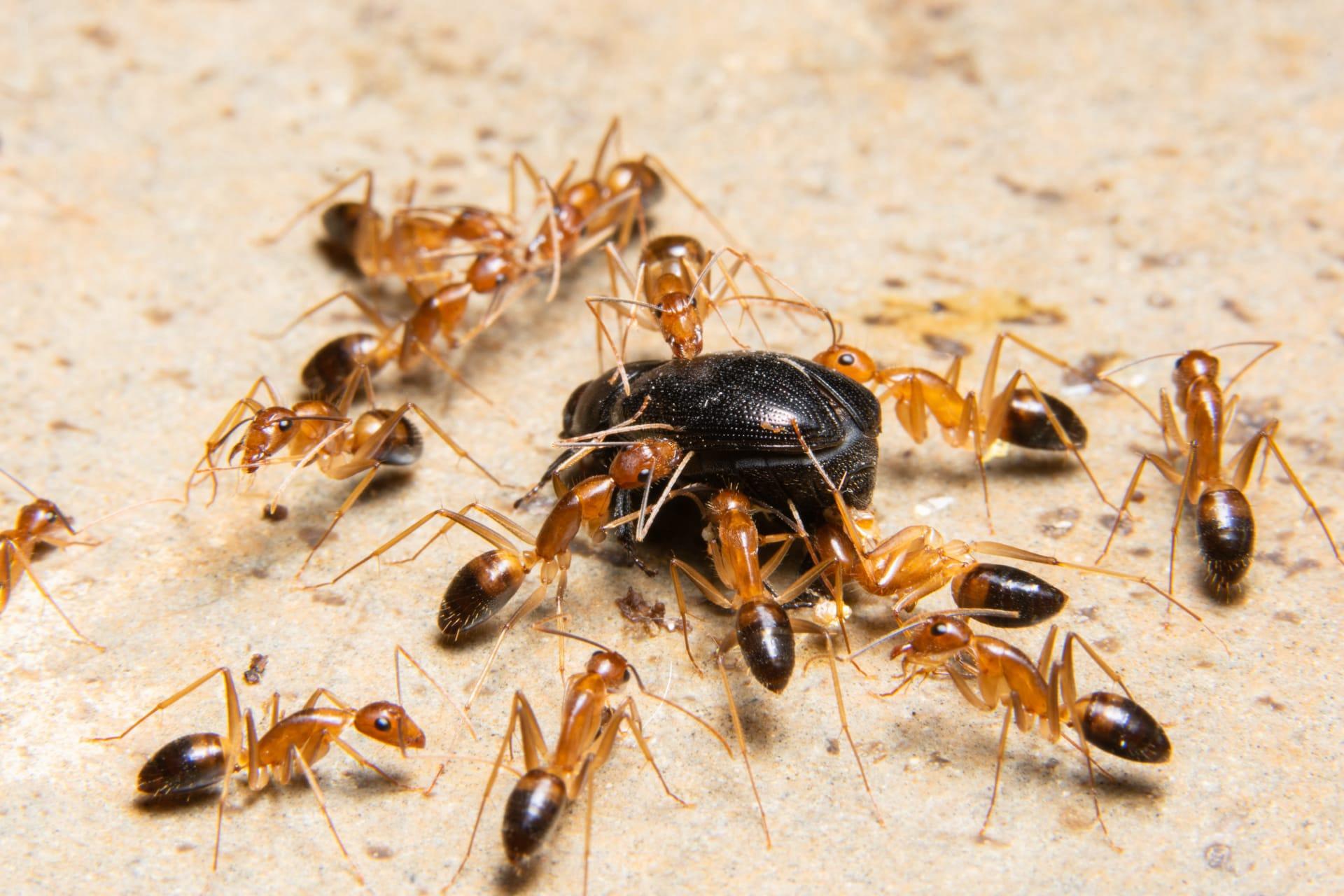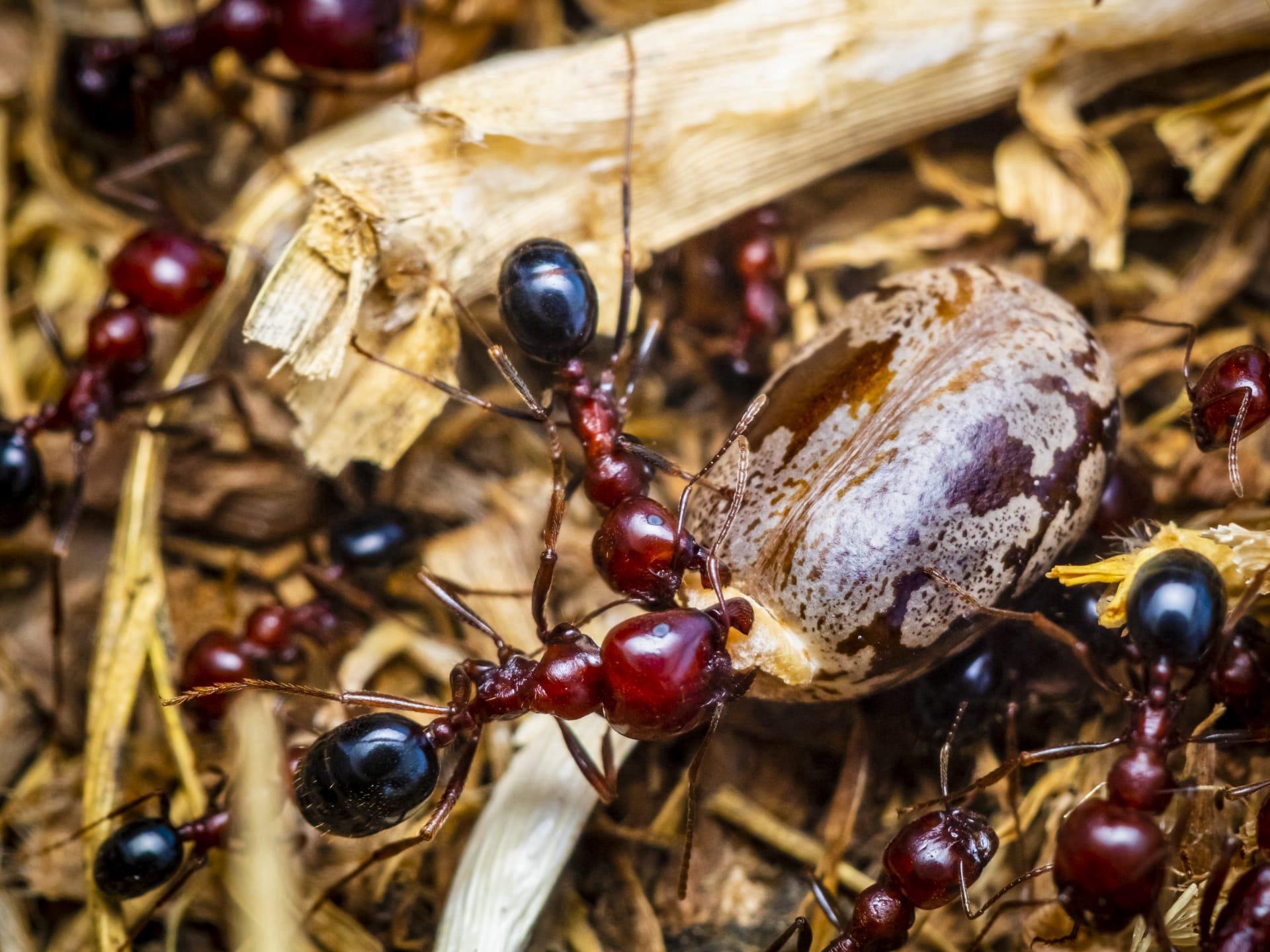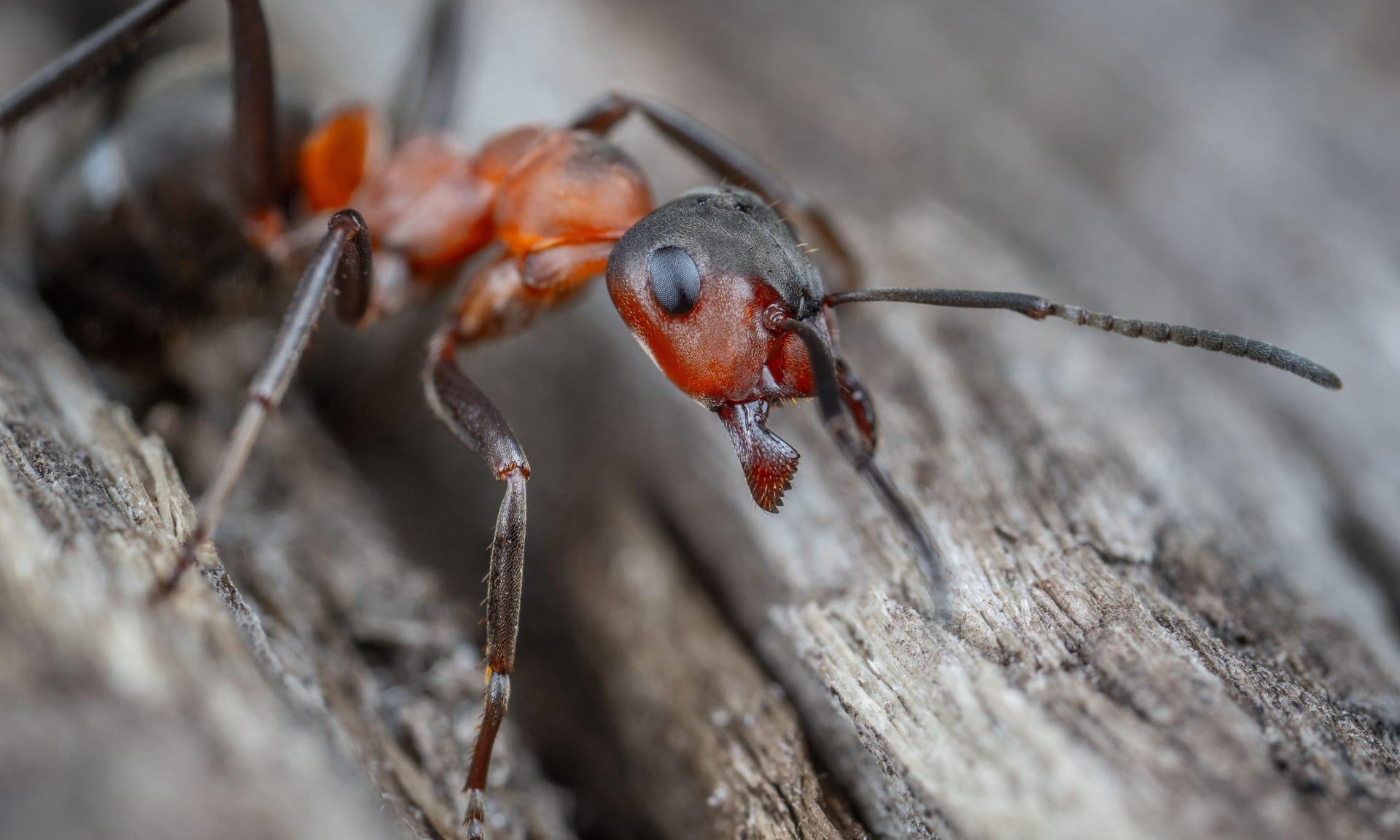Fire Ants
- Home /
- Mini Encyclopedia /
- Animal /
- Fire Ants
1
Fire ants, scientifically known as Solenopsis spp., belong to the family Formicidae, under the order Hymenoptera. They are a genus of stinging ants known for their aggressive behavior and painful stings. The most infamous among them is the red imported fire ant, Solenopsis invicta, notorious for its impactful presence worldwide.
Originally native to South America, fire ants have spread globally, notably to the United States, China, and Australia, primarily through human activities like trade and transportation. In the United States, they first appeared in Alabama in the 1930s and have since spread across the southern states, thriving in warm, sunny conditions. They adapt well to disturbed areas, often dominating over native ant species and altering local ecosystems.

2
Question: Is it true that fire ants can only sting once, like bees?
Answer: Contrary to this common belief, fire ants can sting multiple times. Unlike bees, which have a barbed stinger and die after one sting, fire ants possess a smooth stinger. They can repeatedly inject venom, which contains solenopsin, a potent alkaloid. This ability to sting multiple times, combined with their aggressive group behavior, makes fire ants a significant pest and health concern in affected areas.

3
Fire ants demonstrate remarkable survival strategies. Their ability to rapidly build and relocate nests is key. When faced with flooding, they form a living raft by linking their bodies, floating until they reach dry land. This adaptability ensures their survival in varied and challenging environments.
Another strategy is their cooperative hunting and food gathering. Fire ants exhibit a high level of social organization, working together to capture prey or scavenge. They communicate through pheromones, coordinating their efforts effectively. This social cohesion enables them to exploit food sources efficiently and support large colony populations.

4
In ecosystems, fire ants play a complex role. They can be both beneficial and harmful. As predators, they help control populations of pests such as ticks and agricultural pests. Their foraging activities also aerate the soil, aiding in nutrient cycling and plant growth.
However, their aggressive nature and tendency to outcompete native species can disrupt local ecosystems. They impact ground-nesting animals, small mammals, and birds. Their presence can lead to a decrease in biodiversity, affecting the ecological balance. In agricultural areas, they damage crops and equipment, causing economic losses.

5
Film: "Fire Ants: The Invincible Army" is a documentary produced in the United States in 2012. It delves into the biology and spread of fire ants, highlighting their impact on ecosystems and human activities. The film combines stunning macro-photography with expert insights, revealing the complex social structure and resilience of these insects.
Book: "Fire Ants" by Stephen Welton Taber (United States, 2000) offers a comprehensive overview of fire ant biology and behavior. Taber, an entomologist, provides detailed insights into the ant's life cycle, social structure, and impact on the environment, making it an informative read for both scientists and general audiences.
Book: "The Fire Ants" by Walter R. Tschinkel (United States, 2006) explores the fascinating world of fire ants from an ecological and evolutionary perspective. Tschinkel, a renowned myrmecologist, shares his extensive research and observations, offering readers a deep understanding of these insects' role in nature and the challenges in managing their spread.